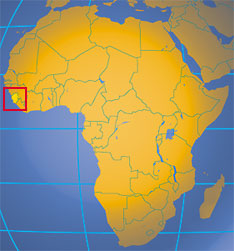


According to the 2008 census, the diverse ethnic population of Sierra Leone is as follows: Temne 35 percent, Mende 31 percent, Limba 8 percent, Kono 5percent, Kriole 2 percent (descendants of freed Jamaican slaves who were settled in the Freetown area in the late-18th century; also known as Krio), Mandingo 2 percent, Loko 2 percent, other 15 percent (includes refugees from Liberia's recent civil war, and small numbers of Europeans, Lebanese, Pakistanis, and Indians).
The median age is nineteen years. Life expectancy at birth is fifty-seven years.

No comments:
Post a Comment